
Source: Wikimedia Commons
Social media sites have a history of not lasting for very long in the grand scheme of things. Few are even familiar with Friendster these days, and Myspace has had to revamp their entire strategy to cater to musicians. Even then, it is entirely questionable whether the site has had much success since they relaunched. So what makes Facebook different? Is it immune from the quickly passing trends of social media?
The answer depends on who you are asking, of course. While those who have avoided Facebook for years will be quick to tell you the social platform is on its way out, the statistics show that Facebook still absolutely dominates the market, and they are gaining even more ground in older demographics. Teens may not be excited about Facebook anymore, but they are still using the site to connect with their grandmothers, aunts, cousins, and friends who are too far away to interact with.
Facebook’s recent audience growth with older users is also indicative of the larger reason Facebook may be sticking around for quite some time. Everyone is on it. As Phil Buckley recently showed when he did some informal surveys on social media, the majority of Facebook users cite its widespread usage as their main reason for coming back every day.
It can be a tenuous thread holding the site together, but it is fairly reliable. I’ve seen many “quit” Facebook, but they often eventually return due to family or friends.
So, when Phil Buckley says 2013 was the year we reached “peak Facebook”, I have to question it. There have been reports throughout the year that Facebook was losing ground in younger demographics, who are choosing newer and more niche social platforms like Tumblr or SnapChat. Still, Facebook has denied the claims, and the numbers show they are still growing.
As with all social media trends, the only way to find out is just sitting back and letting the will of the public decide. Social media is a fickle field, but I’m still of the belief that Facebook will remain safely in its throne through at least the next year.

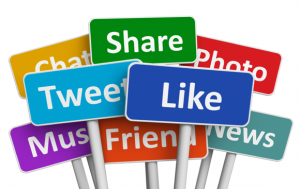 At midnight tonight the world is stepping into the New Year and social media is already buzzing with excitement. As the hour approaches in every time zone, Twitter, Facebook and Instagram will all be filled with updates from parties and celebrations from around the world. It is an appropriate way to ring in a new year that will almost certainly continue the global domination of social media.
At midnight tonight the world is stepping into the New Year and social media is already buzzing with excitement. As the hour approaches in every time zone, Twitter, Facebook and Instagram will all be filled with updates from parties and celebrations from around the world. It is an appropriate way to ring in a new year that will almost certainly continue the global domination of social media.

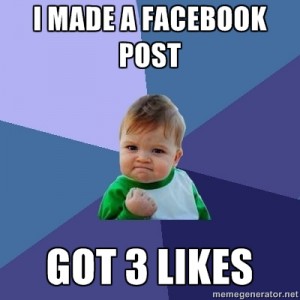 When the news broke of Facebook’s updates to their News Feed, advertisers everywhere scrambled to analyze the changes. Well, it appears
When the news broke of Facebook’s updates to their News Feed, advertisers everywhere scrambled to analyze the changes. Well, it appears 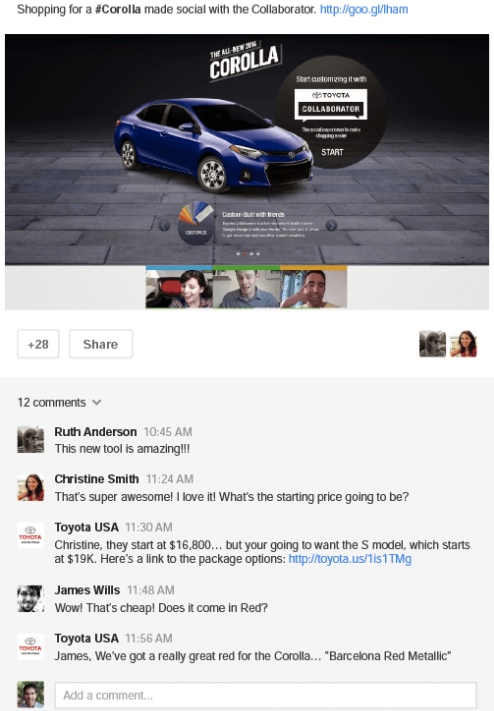

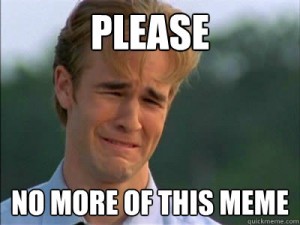 Yesterday Facebook
Yesterday Facebook 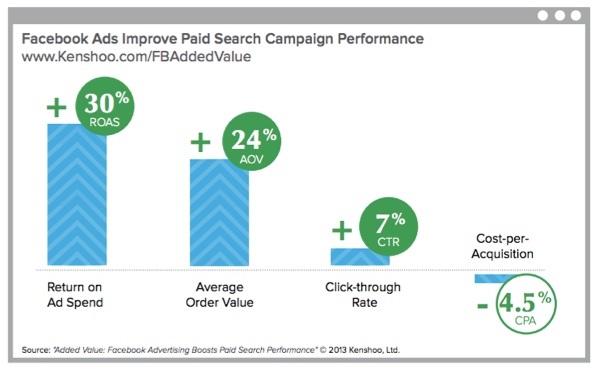
 Social media has become a part of our lives whether we like it or not, and don’t expect that to change in the next year. In fact, if marketing trends are to be believed, 2014 could be the biggest year yet for social media marketing. Erik Sass
Social media has become a part of our lives whether we like it or not, and don’t expect that to change in the next year. In fact, if marketing trends are to be believed, 2014 could be the biggest year yet for social media marketing. Erik Sass 

